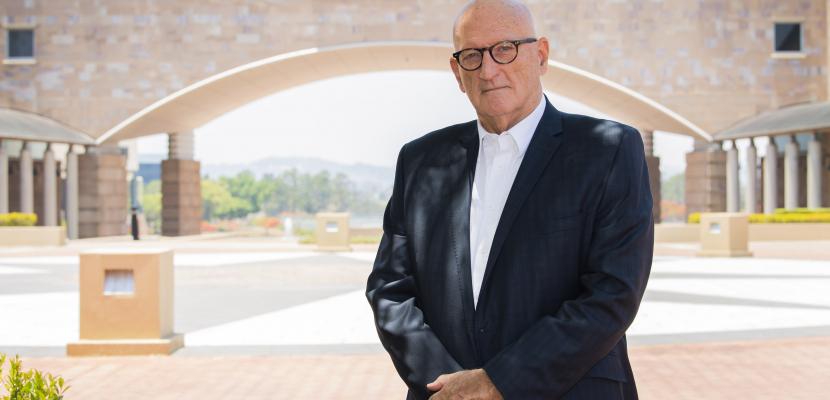
If we're going to seat everyone with an opinion on the current Brisbane Olympics imbroglio, we're going to need a bigger stadium.
So, apologies to Steven Miles, John Coates, Tom Tate and the rest, slide over because I'm pushing through.
I led the teams that built the Sydney Olympic Stadium and the redevelopment of Suncorp Stadium, so I know a little bit about that aspect of the debate.
My first advice is this: Lift your eyes. Stop looking at what we need in 2032 to host an Olympics and start looking at what we need in 2050 and beyond to cater for a sports hungry South East Queensland with a booming population.
In addition to a two-week Games, we need to think about the future Queensland home of cricket, AFL and potentially Tay Tay's 2049 superannuation tour.
With that in mind, let's revisit the core questions. Is the Gabba salvageable as the main Olympics venue? With a price of $2.7bn before construction costs escalated some 36 per cent, no.
Did everyone forget one section of that venue experienced an emergency evacuation due to structural movement during a 2000 Olympics event?
Another reason to count it out. Is the Gabba the best choice for AFL and cricket's long-term future?
Despite its history, I couldn't find a single person with substantial stadium experience who thinks it is.
Should the Olympic stadium have a long-term future as the headquarters for cricket in Queensland, and as Brisbane's AFL arena?
"Unquestionably, yes" from all I asked.
And, finally, is the Queensland Sport and Athletics Centre, at Nathan, the best possible solution, given the above?
According to responses to research questions I have asked of senior development and infrastructure practitioners, the government's preference for Nathan smacks of either Graham Quirk's 60-day review having the primary objective of buying time for the new premier to position himself, or of a kneejerk political reaction made with the election in clear sight and the need to secure electoral preferences.
If the latter is the case, it comes across as policy on the run ahead of the October state election that polls indicate the ruling Labor Party is likely to lose.
The more cynical went so far as to suggest the $1bn redevelopment of Nathan would probably slip out to $2bn or more right after the election, if the incumbents were successful.
I understand the competing financial demands of constructing an Olympic stadium and a region groaning under housing stress and unfulfilled infrastructure projects.
But it need not be an either/or choice. For example, has there been consideration of a private-public partnership for the stadium development, as was the case for Sydney?
Such an approach substantially relieves the government of up-front construction costs. It might not work for Brisbane but let's at least investigate the idea.
This a about more than a sporting event.
It is an opportunity to engage in aspirational thinking about what sort of region we want to live in by 2050 and beyond.
And anyone who thinks sporting infrastructure is not important for a nation internationally renowned and respected for its sports culture needs a check-up from the neck up.
So, let's take a deep breath and calm down. We have plenty of time to get this right.
The contract for the design and delivery of the Sydney Olympic Stadium was 30 months.
There was a further 12 months or so in calling expressions of interest and appointing the contractor call it 48 months, all up.
We finished the stadium 18 months ahead of the Games, allowing two full footy seasons to iron out any bugs.
So, even if the Brisbane organisers take another year to come to a decision on the main stadium, and construction takes 5 years plus a contingency, a Brisbane Olympic Stadium can be delivered in seven years one year out from the Games.
After the international praise of Sydney 2000, anything short of that level of infrastructure could be embarrassing, not only for Brisbane, but for the Gold Coast and all Australia.
Alan Patching was the owners’ project director for the design and construction of the Sydney Olympic Stadium and for the redevelopment of Suncorp Stadium. He is a Professor of Construction Management at Bond University where he is also Director of Industry Engagement.